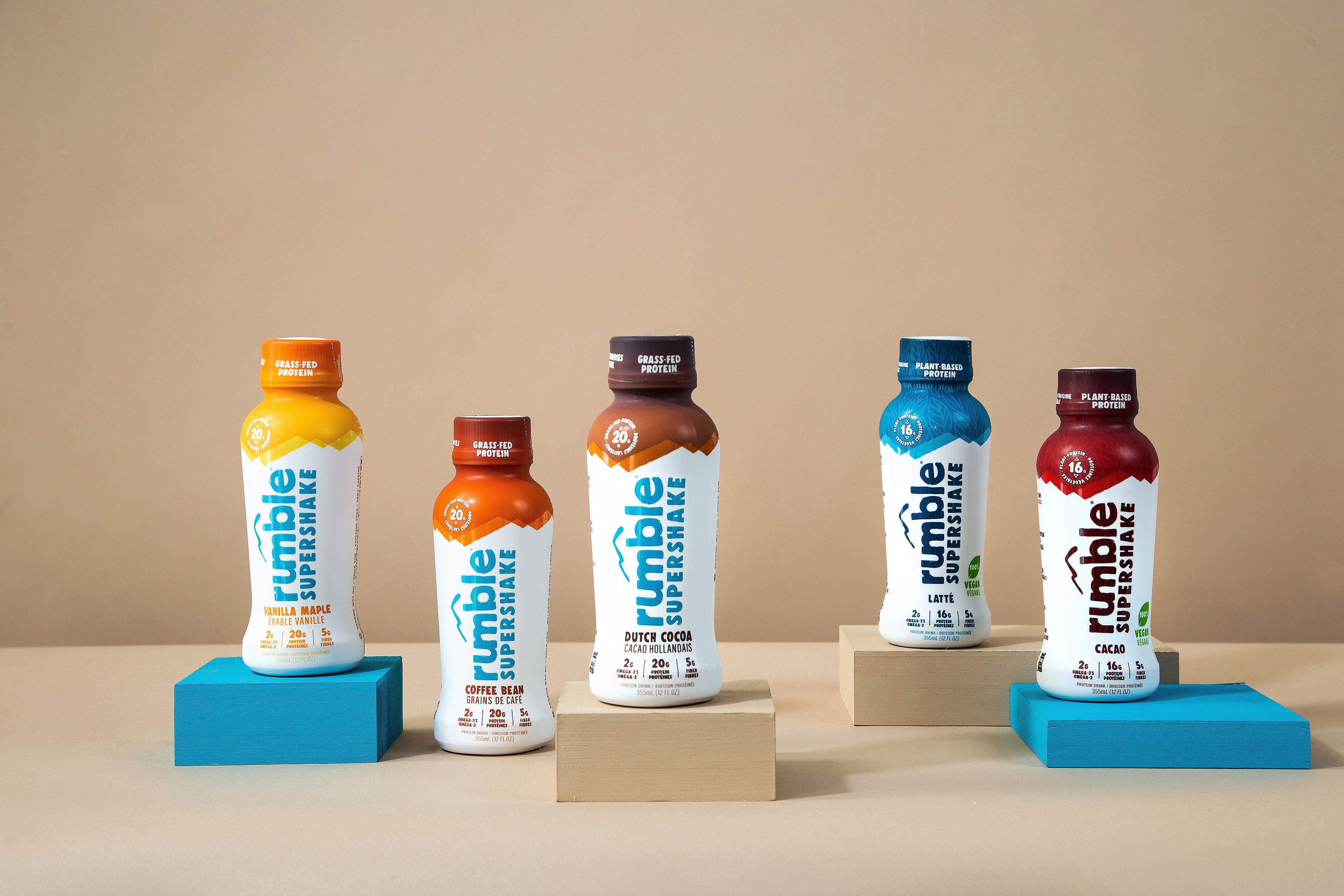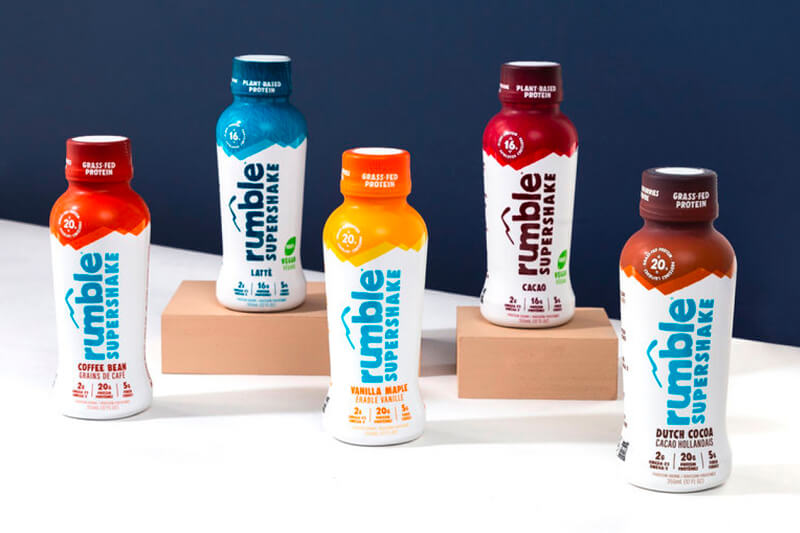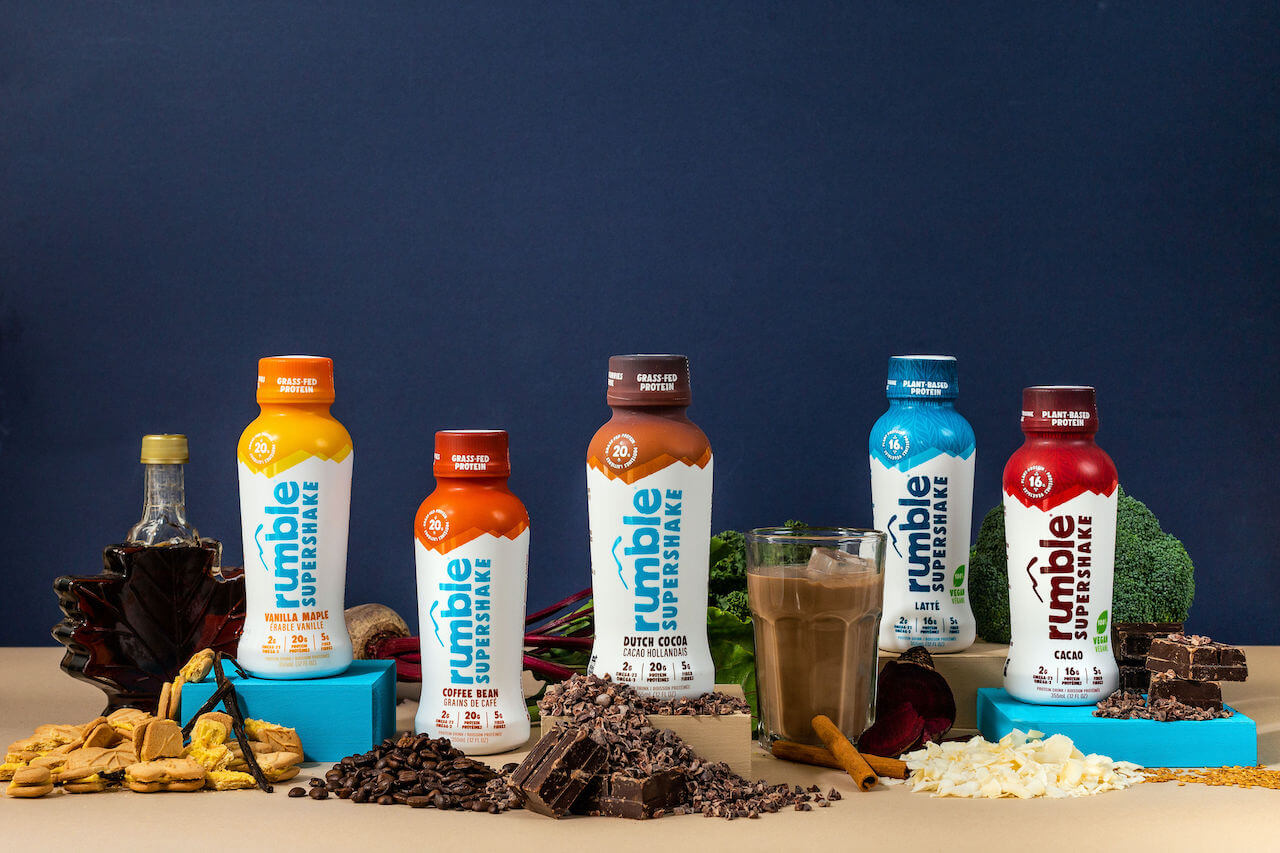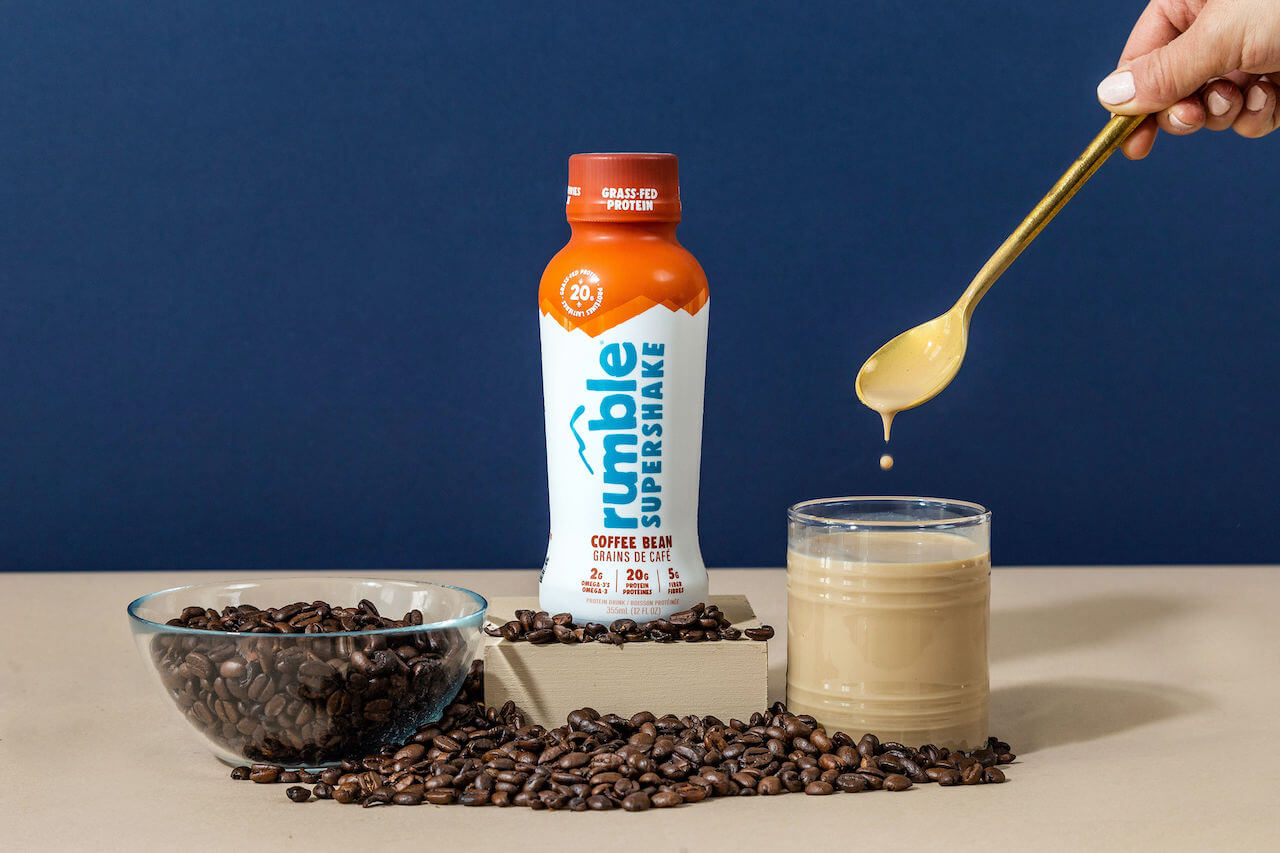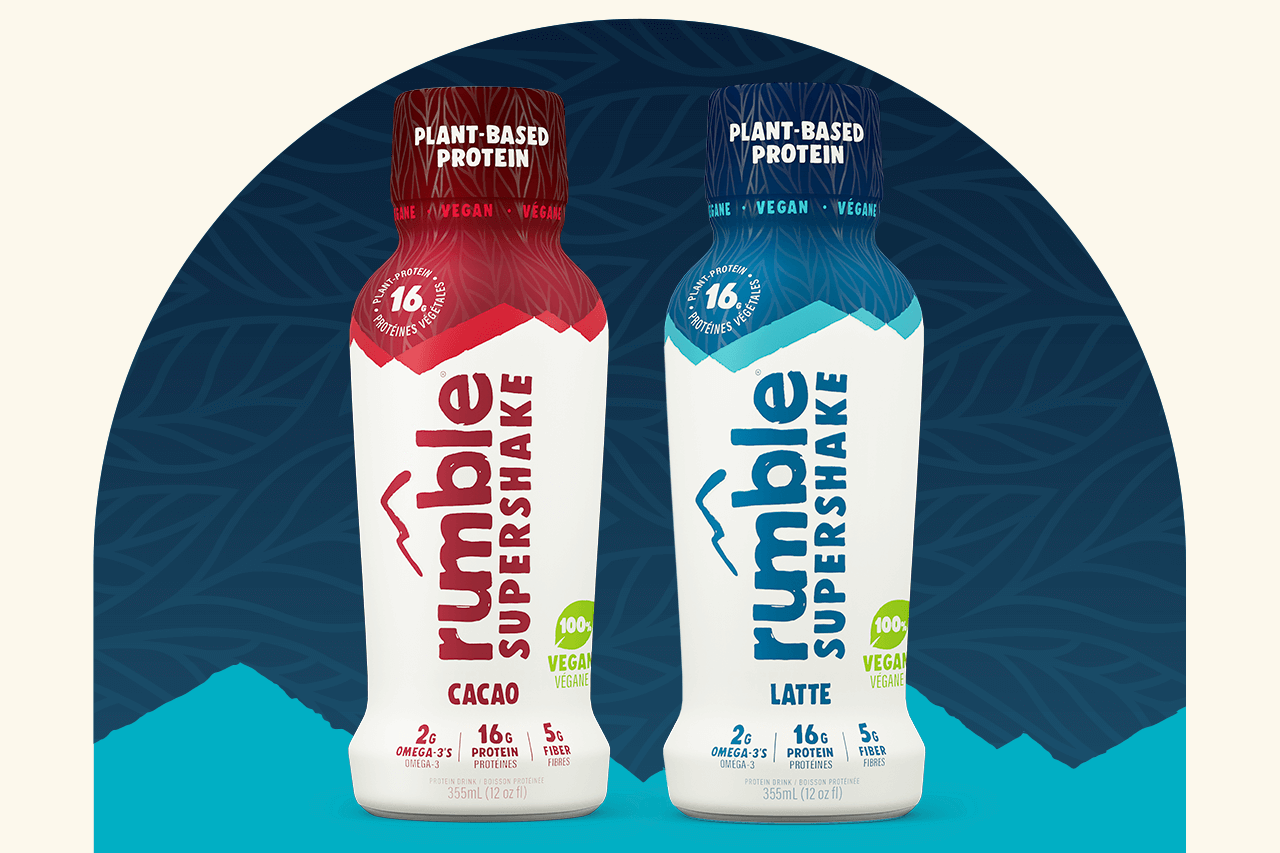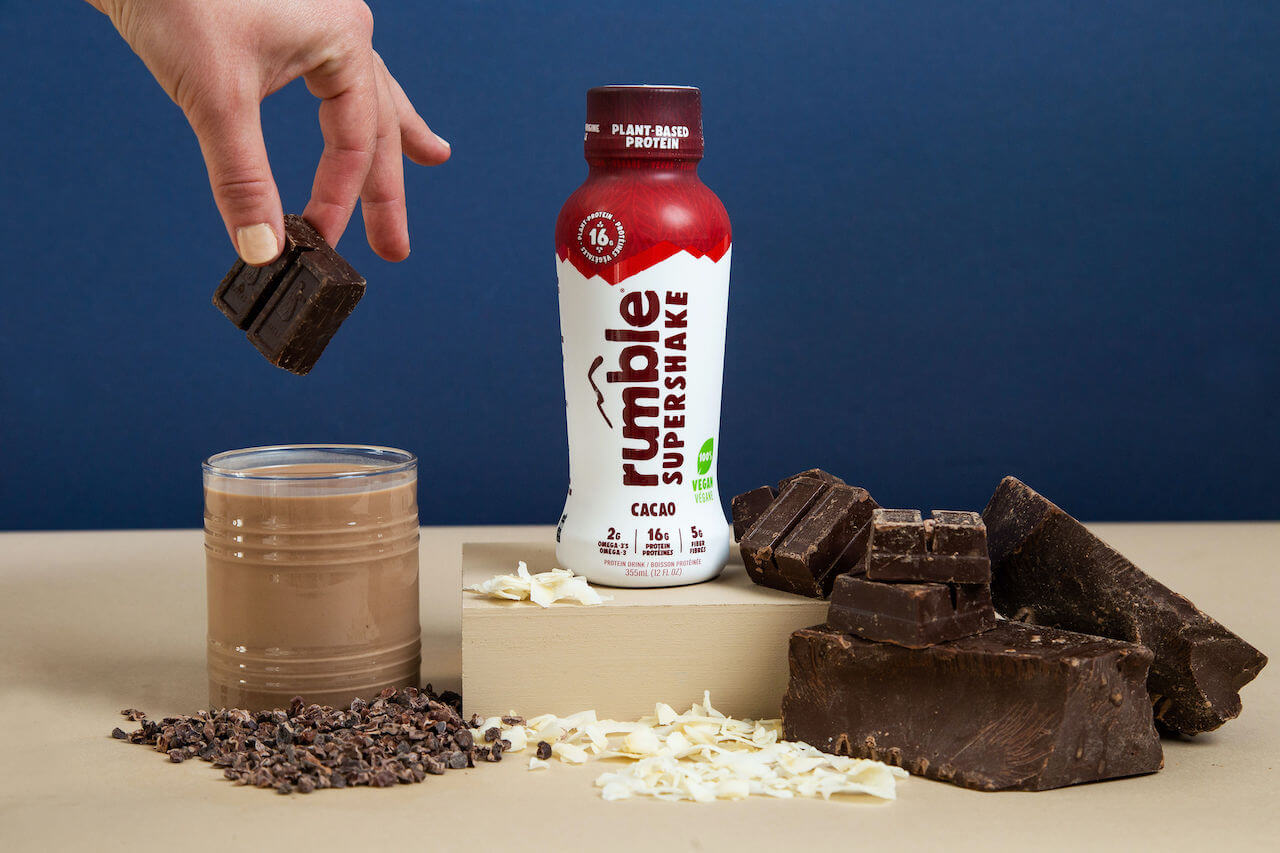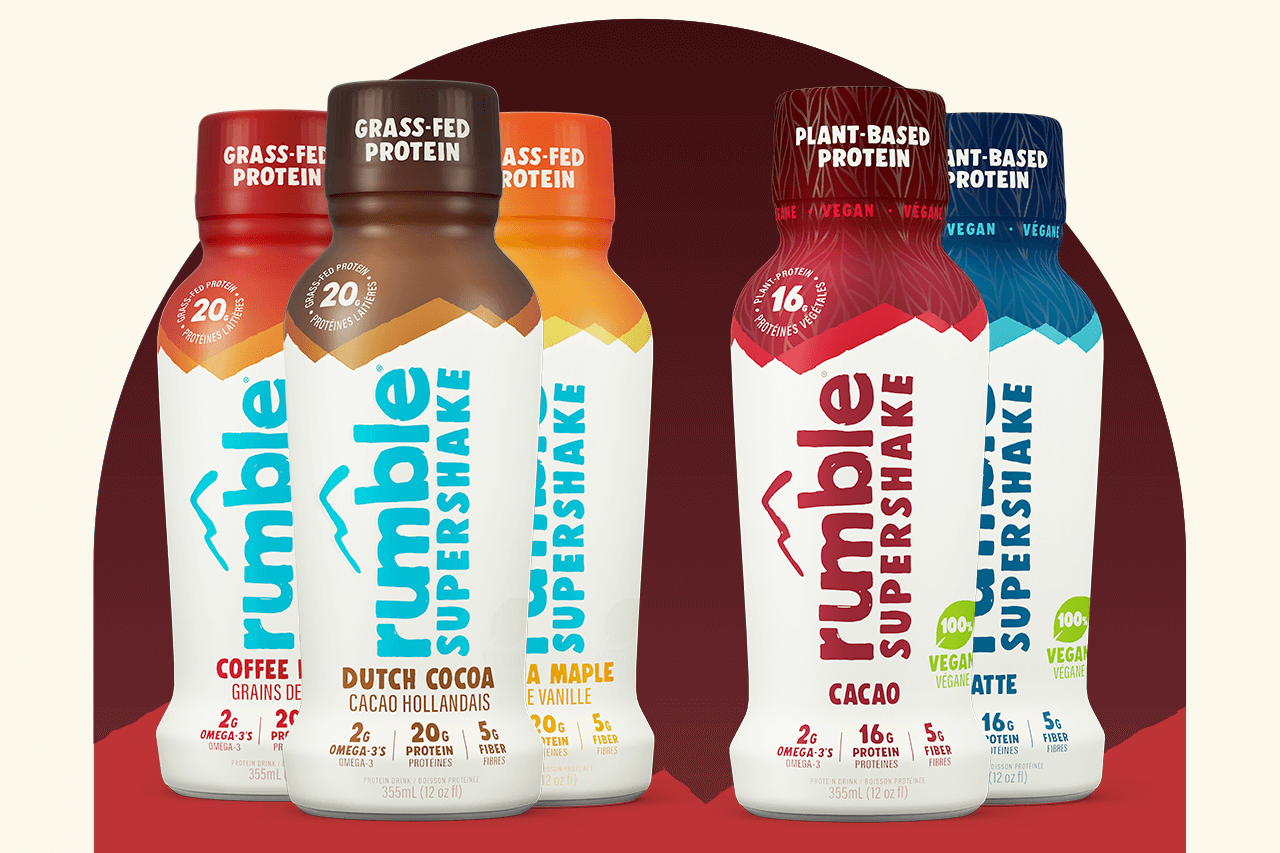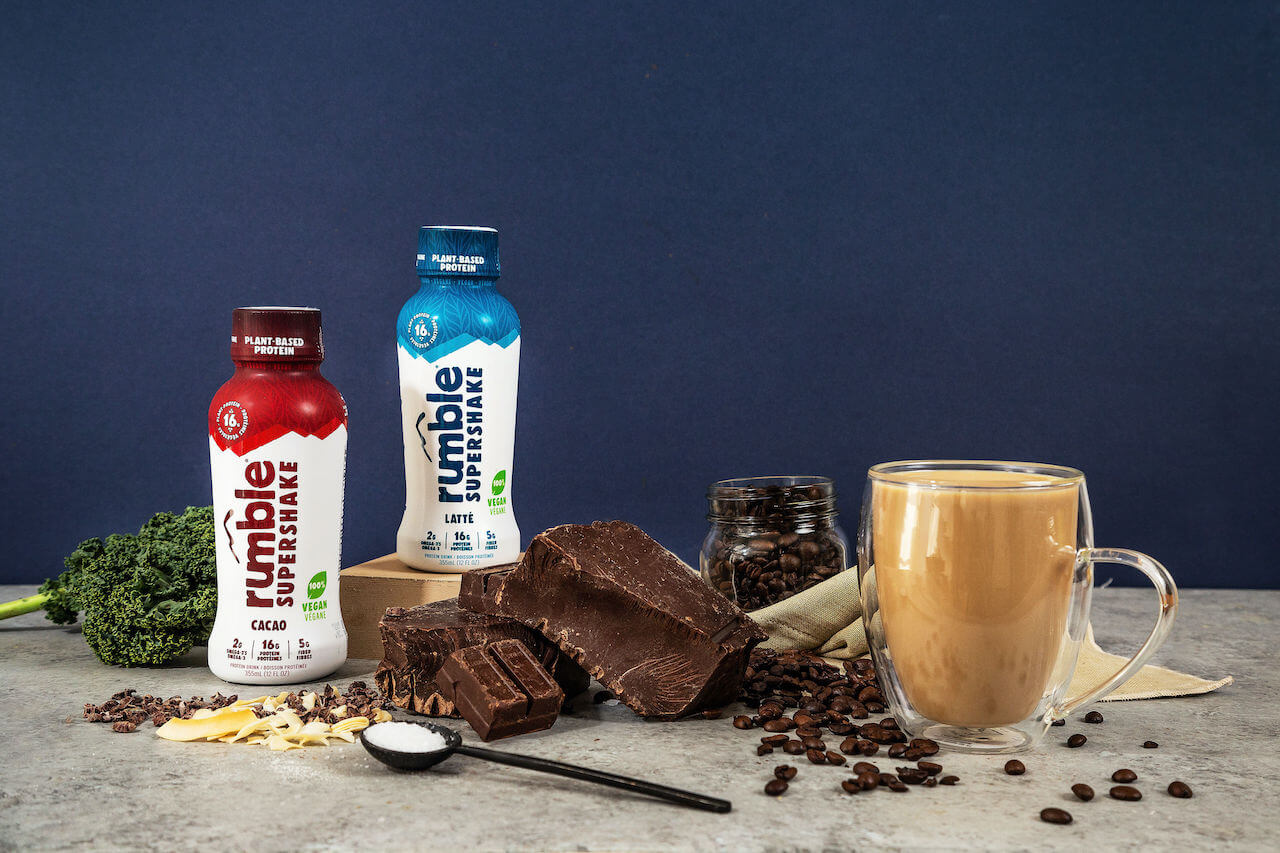The Essential Pack List: 25 Things to Bring With You on Your Next Hike

Water, snacks, and a sweater. That’s all many of us bring on short, spur-of-the-moment hikes. But if you’re keen to tackle a longer day trip, or you’d just like to be more prepared out there in the wilderness, it’s time to make yourself a hiking kit!
Create your own ready-to-go hiking bag with our list of 25 essential items to keep you comfortable, safe, fed, and hydrated for any adventure.
The Backpack
Start with a designated, light hiking bag (aim for around 20L in size), with hip straps. It doesn’t need to be fancy, but you’ll appreciate hip straps and a light load when you’re on the trails. Designating a backpack just for day hikes means you can keep it mostly packed and ready to go, so you can hit the trails with minimal effort.
Some added features you might want to consider when buying a backpack are a built-in rain cover (especially if you live on our wet, west coast), and space for a water bladder.
The Pack List
Clothing
This one depends on the time of year, climate, altitude, and weather, but it’s a good rule to always dress in layers and pack at least one layer a little warmer than what you expect you’ll need. Temperatures and weather can change, especially as you climb in altitude. And if you get lost or take longer to return, you’ll want to be prepared. Try to dress in wool or synthetic materials designed for exertion - they’ll wick moisture and regulate temperature better than cotton (this goes for your socks, too!).
Rain can sneak up on you, and nothing brings your temperature down faster than getting wet.
Keep the sun off your face (and neck) with a brimmed hat - especially important in alpine areas, where shade can be hard to come by. Pack a warm hat (and gloves) as well, if hiking in the fall, winter, or spring, or heading up into the mountains.
An extra pair of wool or synthetic socks can be a godsend if you run into unexpected rain, puddles, or streams.
Gear
The best lookouts can be the sunniest!
Be prepared for sun exposure year-round, because even shady trails can open up. The higher up you go, the less forgiving the sun.
For gear and shoe repairs on-the-go.
Cut your own bandages from cloth, repair your gear, and remove splinters with a knife or multi-tool.
For when nature calls, and you’ve gone off-road.
See above!
Safety
Even if you have a GPS, take along a compass and area map as well, just in case you run out of battery. And keep in mind that cell phones can go out of range, making map applications pretty useless. Sometimes, nothing beats a hard copy.
If you have a trail guide for where you’re going, definitely pack it. Even for short hikes, you can take a cell phone photo of the park or trail map in the parking lot before you start your hike, so you always have it as a reference.
If you’re concerned about going out of range, bring a satellite phone, but in most cases a regular cell phone will do. It’s your camera, communication device, and reference all in one. An external charger is a great idea in case of emergency, or if you end up on the trails longer than you expect.
It’s more effective to use a whistle than your voice when you need help. Issue three short bursts to get attention.
Pickup a basic travel first aid kit - they come ready-made and compact, perfect for your backpack.
For unwanted attention.
Just in Case
If it takes you longer than you expect to complete a hike, a headlamp will enable you to keep going past dusk.
If you get stuck or lost, you can start a fire to stay warm and signal for help.
Foil blankets are compact, light-weight, and perfect for shelter and warmth. The reflective surface is also great for signalling.
Depending on where you’re hiking, it can be tough to predict when and where bugs will be a problem in advance.
Do good while you hike! Bringing along a bag and gloves makes it easy to pick-up and pack-out any trash you encounter on the trail.
In case you get lost and end up on some unnamed highway or roadside cafe, a little cash and your ID can help get you home safely.
Water and Snacks
Humans can go for a long time without food, but we barely last a couple of days without water. One litre or so is fine for short hikes, but you’ll want to plan on 3 litres of water per person for a day trip.
Because carrying more than a couple litres of water isn’t fun (and you never want to be stuck in the wilderness without enough), bring along a mini-filter or water treatment tabs so you can refill as you go.
What’s a hike without snacks and treats?? Not a hike we’d like to be on, that’s for sure. Pack along light-weight, nutrient-dense foods to keep your energy up. Nuts, dried fruit, chocolate, energy bars, and Rumble Supershake are great options! Always take a bit more food than you think you’ll need, just in case.
Good to Go
With this pack list, you can keep your hiking bag stocked for any adventure - just add water and snacks and you’re all set!
Before you go, remember to tell someone where you’re going, and if possible, share your itinerary and trail information. Don’t forget to check the weather, and finally, wear appropriate footwear, okay?
It’s time to get out there. Tag @drinkrumble in your epic hiking shots - we want to see your kits and Rumble pics wherever the trails take you.


